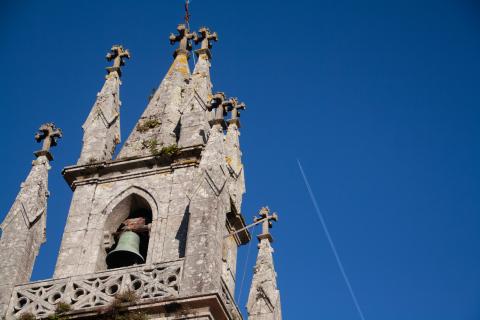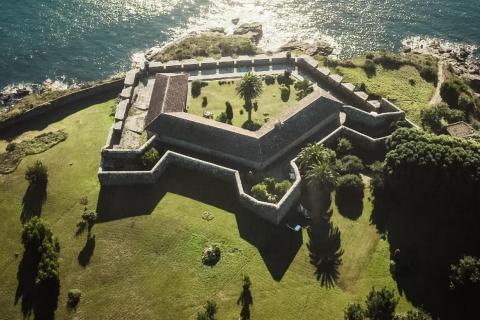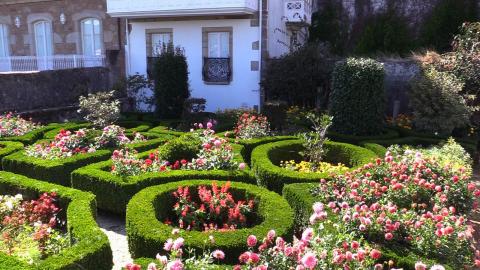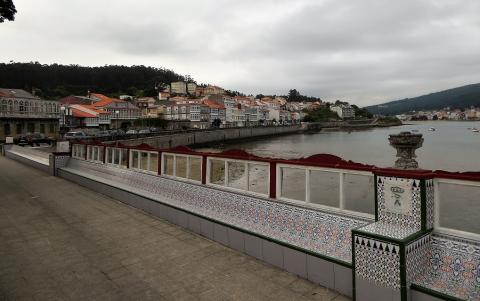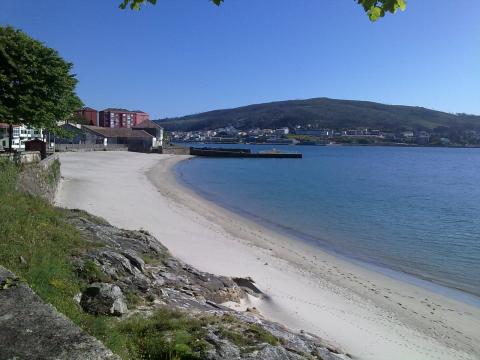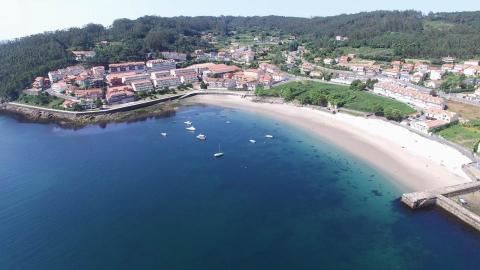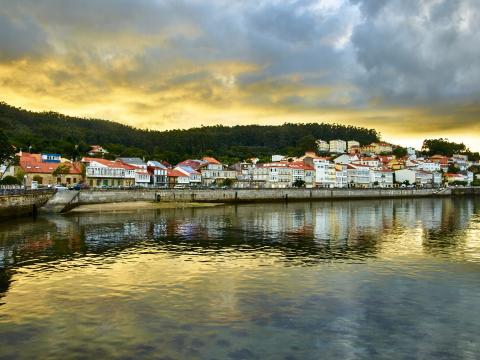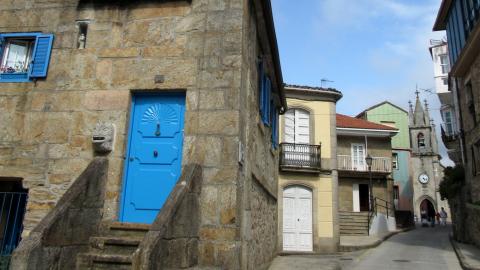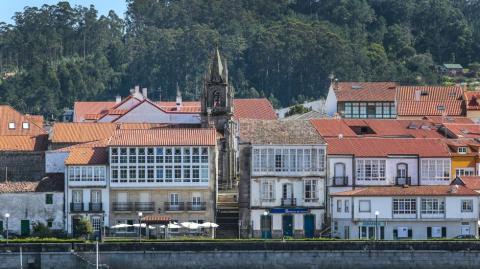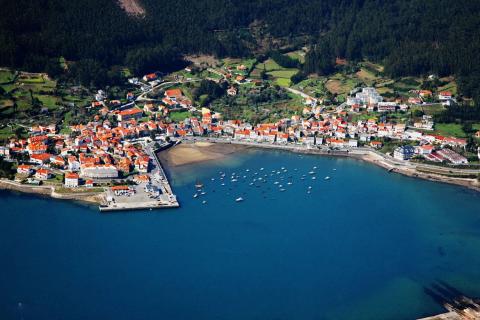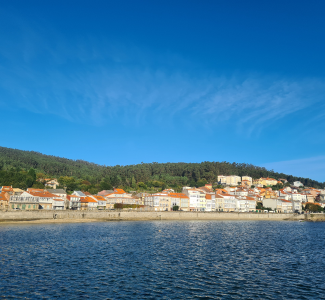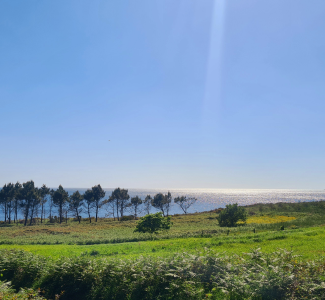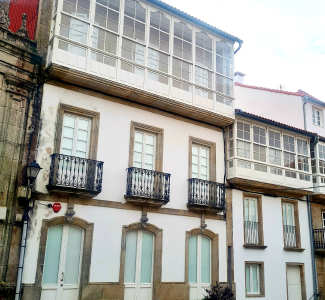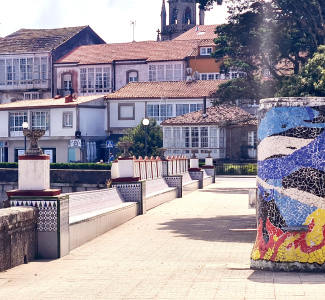What to see in Corcubión
Corcubion, land of calm and bravery
Cultural Heritage
Cultural Heritage
Pazo of Antonio de Leira y Castro (known as Pazo of the Counts of Traba)
Architectural heritage
Location
rúa de Carrera Fábregas, 27
Legal situation
private property in use
It is said that this pazo belonged to the Counts of Traba, lords of Corcubión in the early Middle Ages, in an era prior to the Counts of Altamira. But it is more accurate to call it Pazo of Antonio de Leira y Castro, as he was who bought the land where this building is located today to build his pazo on it, so the building we see today would be a rehabilitation of the old Leira’s pazo.
As Jano Lamas explains in his publications about Antonio de Leira y Castro, this man had several occupations. Between 1773 and 1787 he stood out as an important businessman, which is why he also held important posts: he was appointed vice-consul of England in the port of Corcubión; then he was mayor of this town and, later, factor with competences up to the port of Muros and Camariñas (a factor was a person who depended on the commissary of war or on the supplier, who was in charge of distributing food to the troops). On the other hand, in 1800, King Carlos IV granted him a letter of marque, coinciding in this activity with Angel Escaja Bueno and Pedro Lastres from Corcubión, and with Meréns, José Sánchez and Pedro Díaz Porrúa from Cee. Thanks to them, Corcubión became an important port in the bidding for ships and goods from enemy fleets. In addition, Leira also formed part of the Corcubión Defence Board during the war against the French in 1809.
In order to be a factor, he had to be a distinguished person or nobleman, with a considerable wealth and his own house. And Antonio de Leira y Castro fulfilled all these requirements (he was a nobleman, vice-consul, mayor and businessman). He precisely fulfilled the requirement of owning a house when he bought a plot of land in the village from D. Vicente de Osorio y de Moscoso, Marquis of Astorga and Count of Altamira, where he built his pazo in 1771, a date that could be read on the lintel of the main door (now erased by a restoration work). This pazo is none other than the one known as Pazo de los Condes de Traba, hence it is more correct to call it Pazo of Antonio de Leira y Castro.
The floor plan of this pazo is L-shaped, with two floors and a walled courtyard. The main façade has three entrances at street level and another one goes up to the first floor, through a stone staircase with a solid stone parapet that ends in a bare patín (patín, in Galician, means a small terrace where the exterior staircase of a house ends). Part of this stone frontage is taped in white, a characteristic of the seafaring tradition. The robust stone chimney is also noteworthy, currently finished off with a tile roof. The front is presided over by a coat of arms of four very blurred quarters. Although they cannot be distinguished, the upper left quarter had the mark of the Leira family and the upper right quarter the one of the Castro family.
During the French invasion of 1809, this pazo, like the rest of Corcubión, was sacked and burned. As Antonio de Leira y Castro was part of the Corcubión Defence Board, he fled to Vigo with his family after the second attack by Napoleon's troops, as the enemies were looking for him. He only returned to Corcubión to sell the ruins of his pazo which, from then on, would be divided into two independent houses.
This information can be consulted and extended in the articles published by Jano Lamas on the following links:
- Un vicecónsul de Inglaterra que sería alcalde de Corcubión: Ver ligazón
- Pazo de Antonio Leira e Castro: Ver ligazón

